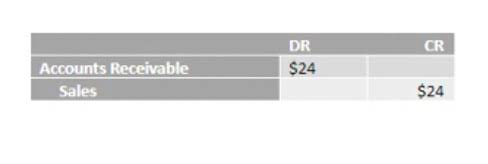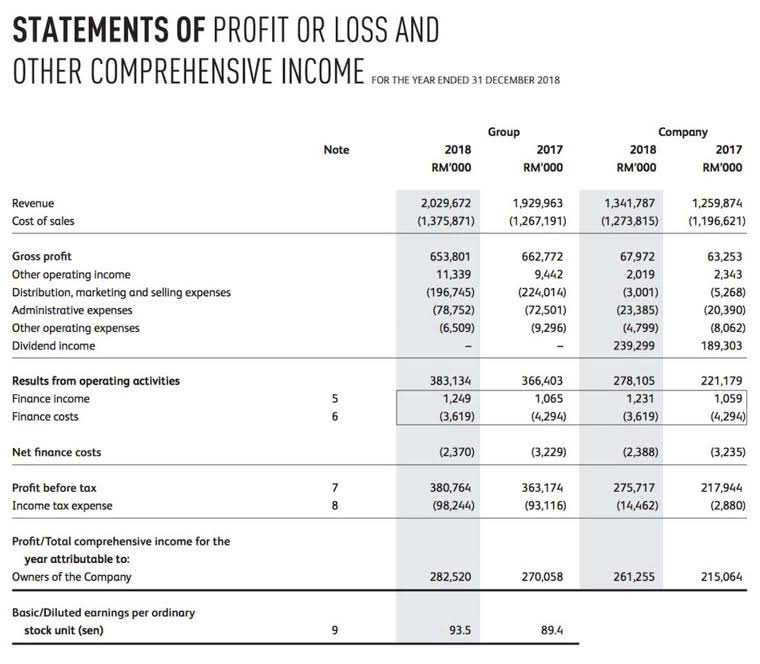
Get up and running with free payroll setup, and enjoy free expert support. Learn more about the critical importance of technology adoption, the benefits of an integrated tech stack, and the potential pitfalls of a “watch-and-wait” approach. Companies have a lot of assets and calculating the value of those assets can get complex. This method can significantly impact the numbers of EBIT and profit amortization refers to the allocation of the cost of in a given year; therefore, this method is not commonly used.
- Proper amortization practices are required to comply with accounting standards such as GAAP and IFRS.
- A financial professional will offer guidance based on the information provided and offer a no-obligation call to better understand your situation.
- The concept is again referring to adjusting value overtime on a company’s balance sheet, with the amortization amount reflected in the income statement.
- For example, if your annual interest rate is 3%, then your monthly interest rate will be 0.25% (0.03 annual interest rate ÷ 12 months).
Amortizing an Intangible Asset
- This shifts the asset to the income statement from the balance sheet.
- A single line providing the dollar amount of charges for the accounting period appears on the income statement.
- The length of the loan (loan term) and the interest rate are crucial factors that affect the amortization schedule.
- In conclusion, understanding the concept of amortized Cost is crucial in various financial aspects.
- The method of amortization would follow the same rules as intangible assets with finite useful lives.
- When entering into a loan agreement, the lender may provide a copy of the amortization schedule (or at least have identified the term of the loan in which payments must be made).
A business might buy or build an office building and use it https://www.bookstime.com/articles/retained-earnings-statement-example for many years. The original office building may be a bit rundown but it still has value. The cost of the building minus its resale value is spread out over the predicted life of the building with a portion of the cost being expensed in each accounting year. Tangible assets may have some value when the business no longer has a use for them.

Amortization of Intangible Assets FAQs
It aids in accurately valuing long-term assets and liabilities, ensuring financial statements reflect the accurate economic picture. Compliance with accounting standards, such as GAAP, regarding the treatment of amortization, is also essential. Intangible assets are often amortized over time rather than all at once depending on the life of the asset. Amortization is a non cash expense that reduces the book value of intangible assets and is therefore, reflected on a company’s Financial Statements as a reduction to equity or net income. Amortization reflects the fact that intangible assets have a value that must be monitored and adjusted over time. The amortization concept is subject to classifications and estimates that need to be studied closely by a firm’s accountants, and by auditors that must sign off on the financial statements.
- Straight-line amortization is calculated the same was as straight-line depreciation for plant assets.
- This distinction gives businesses a more realistic representation of their financial positions.
- By amortizing the cost of an intangible asset, a company spreads out the expense over the period the asset contributes to generating revenue.
- Amortization is when a business spreads payment over multiple periods of time.
- The Motley Fool reaches millions of people every month through our premium investing solutions, free guidance and market analysis on Fool.com, top-rated podcasts, and non-profit The Motley Fool Foundation.
- The same amount is expensed in each period over the asset’s useful life.
- Depreciation is therefore calculated by subtracting the asset’s salvage value or resale value from its original cost.
Get in Touch With a Financial Advisor

Amortization is when an asset or a long-term liability’s value or cost is gradually spread out or allocated over a specific period. It aims to allocate costs fairly, accurately, and systematically so that financial records can offer a clear picture of a company’s economic performance. Amortization in accounting is a technique that is used to gradually write-down the cost of an intangible asset over its expected period of use or, in other words, useful life. This shifts the asset to the income statement from the balance sheet. A higher percentage of the flat monthly payment goes toward interest early in the loan, but with each subsequent payment, a greater percentage of it goes toward https://www.facebook.com/BooksTimeInc/ the loan’s principal. First, amortization is used in the process of paying off debt through regular principal and interest payments over time.
Definition of Amortized Cost

This method, also known as the reducing balance method, applies an amortization rate on the remaining book value to calculate the declining value of expenses. It reflects as a debit to the amortization expense account and a credit to the accumulated amortization account. It is the concept of incrementally charging the cost (i.e., the expenditure required to acquire the asset) of an asset to expense over the asset’s useful life. Since part of the payment will theoretically be applied to the outstanding principal balance, the amount of interest paid each month will decrease. Your payment should theoretically remain the same each month, which means more of your monthly payment will apply to principal, thereby paying down over time the amount you borrowed.

